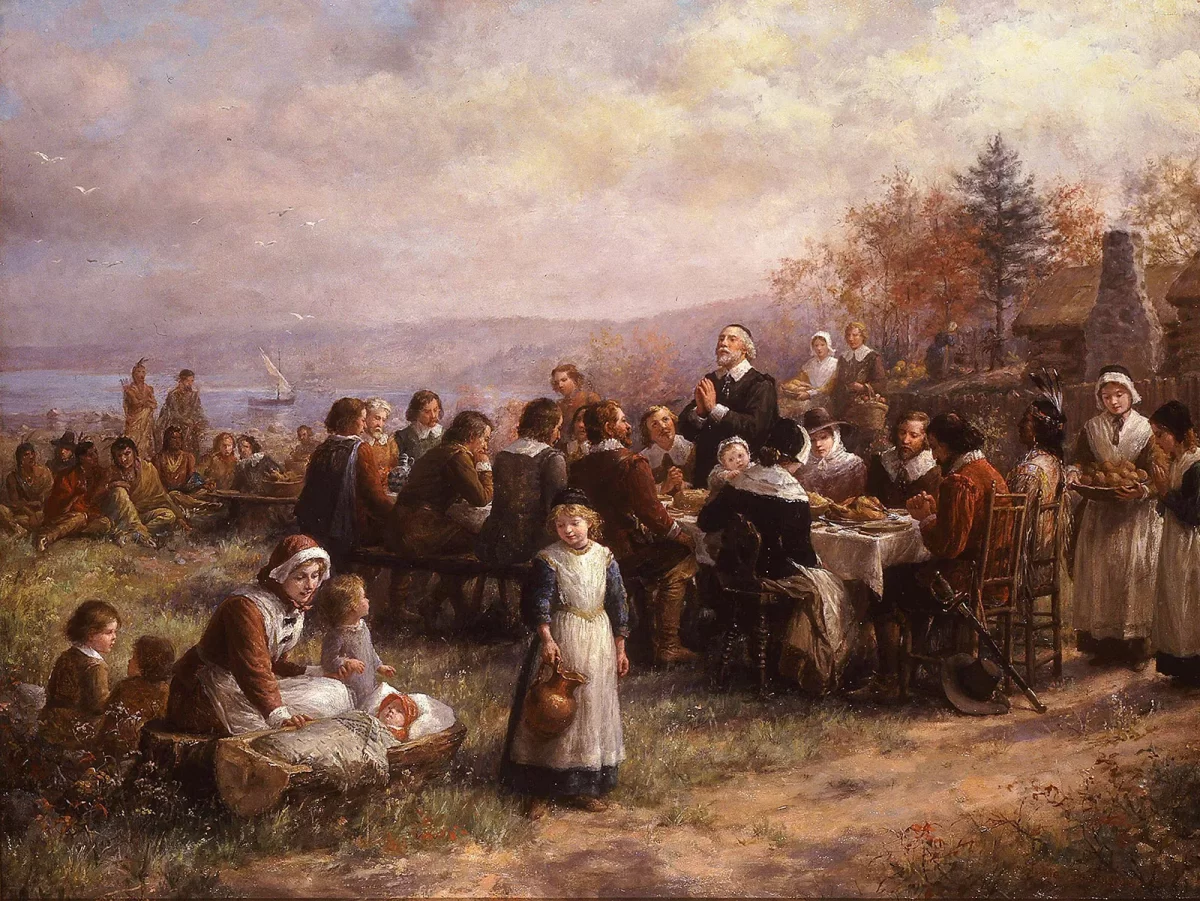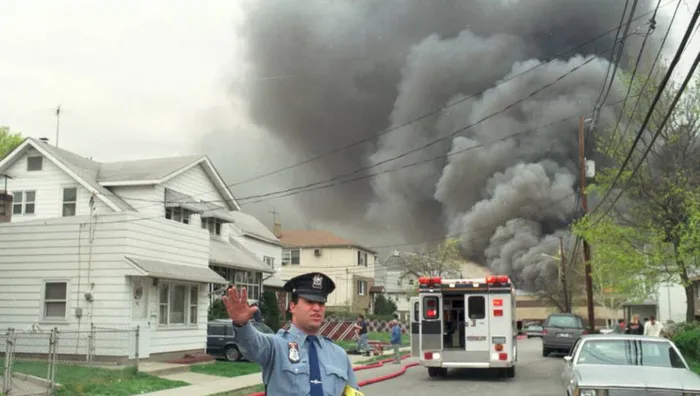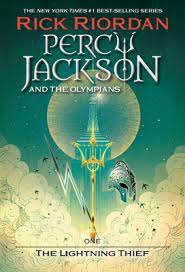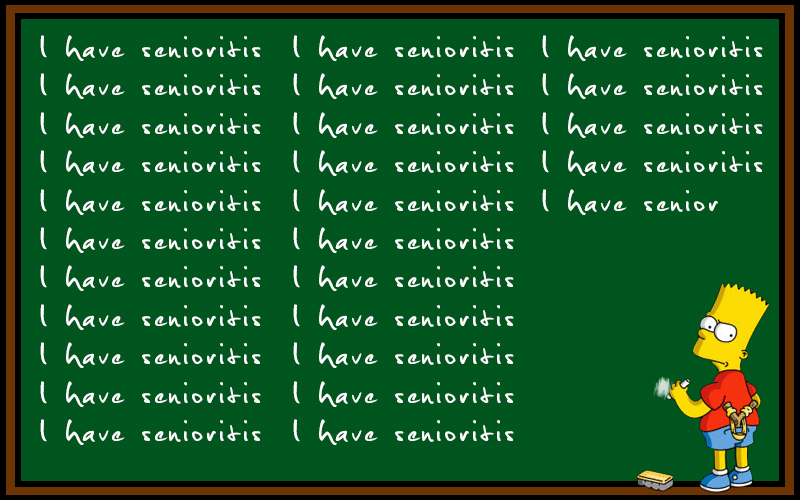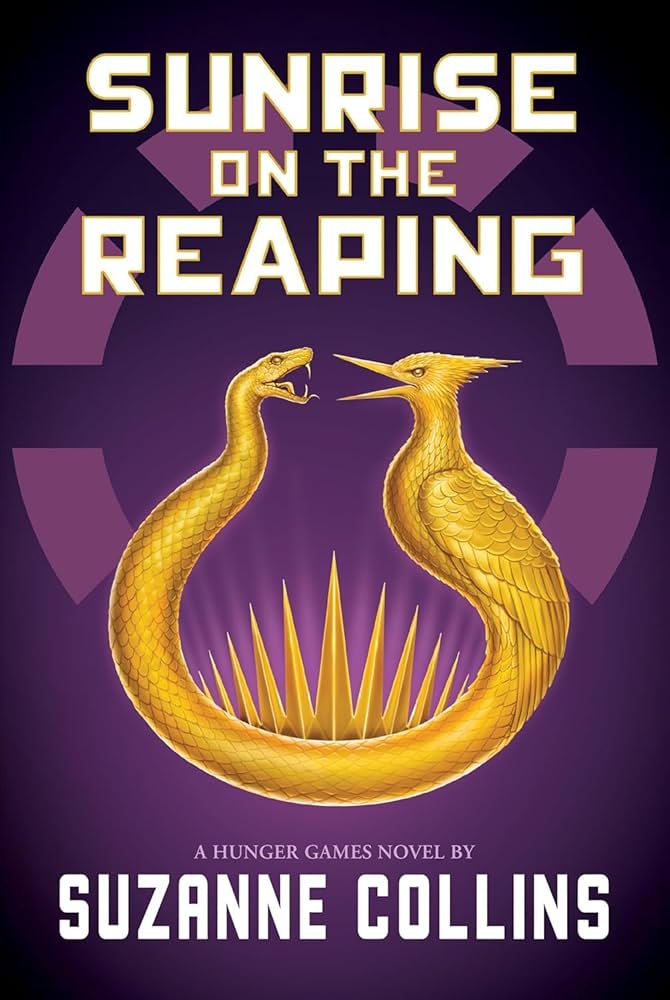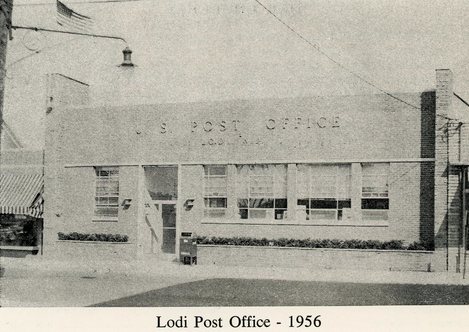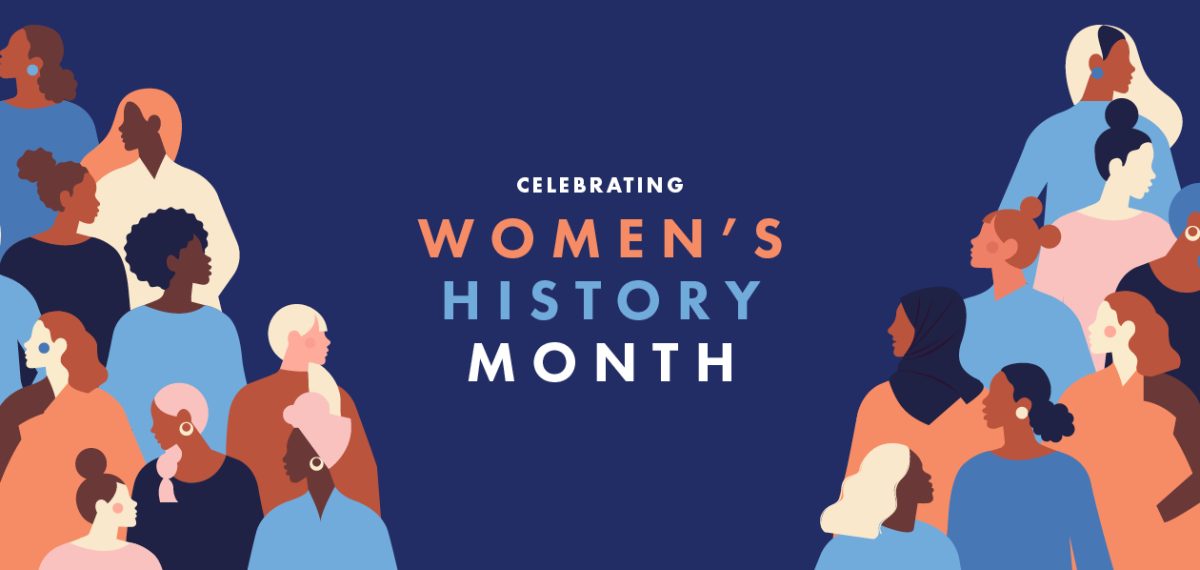The Pilgrims at Plymouth Rock
In 1620, a ship known as the Mayflower carrying 102 pilgrims landed in what is now Plymouth Rock, Massachusetts. Whilst there they experienced a brutal winter,disease and countless other dangers until a Native American, named Squanto came to help them. Through him they were able to cultivate crops, fish, and form alliances with the local tribes. When the fruits of their labor bore in the fall of 1621, they invited the tribe and as thanks came together and had the first Thanksgiving feast. Or at least that’s the story we’ve been told! As it turns out the story of Plymouth was far from the first Thanksgiving and the food consumed then was nowhere close to the dishes we’re familiar with.
The Site of the First Thanksgiving
Historians don’t actually have a concrete location or time for the first Thanksgiving because the practice was so widely used. The Puritans in England had been celebrating their bountiful harvests in ‘Day of Thanks’ celebrations for decades and so were many other people. In fact, the pilgrims in Massachusetts were 11 years off from the first English celebration in North America, which is attributed to the Jamestown Settlers in 1610. Furthermore, Spanish and French explorers were known to hold feasts giving thanks for their safe travels as early as 1578. However, the feast at Plymouth is still the main inspiration for our modern iterations of the festivities.
The Menu
The classic idea for Thanksgiving food is an assortment of vegetables, potatoes, and the famed Turkey. The menu is proudly American with almost everything being native to the continent to keep the spirit of the “first thanksgiving” all those years ago. However, the menu from then is much different then what we eat, starting with the fact that turkey may not have even been eaten. While wild turkeys were plentiful in the area, the European settlers would have been unfamiliar with the bird, making it more likely that at the original gathering it was duck or swan. The vegetables served that day also differ as it would’ve mostly consisted of onions, cabbage, and carrots with no potatoes, or even corn in sight. The item that has stood the test of time is surprisingly cranberries. Today we often elect to have a sauce version, but back then cranberries along with other fruits would have been found on their dining table. Pumpkin pies or any dessert for that matter also didn’t make the original dining table.
Becoming a Holiday
Thanksgiving would continue to be celebrated locally, especially in New England, until George Washington proclaimed a thanksgiving feast to celebrate the colonies, victory over the British. The tradition continued before being largely forgotten until the 19th century when a prolific writer named Sarah Josepha Hale petitioned for the celebration to be a yearly national holiday. She continued writing in favor of the feast for over 36 years and her efforts didn’t go unnoticed. In 1863, President Lincoln, looking to help unify the American people, dedicated the fourth Thursday of November as Thanksgiving Day, being made official by Congress in 1941.
Today, Thanksgiving happens across the country as millions of people gather around friends and family to celebrate not just what they are thankful for but to celebrate the heritage of our country. A holiday born from the earliest settlers of the land, continuing throughout the country’s darkest moments, and characterized by uniquely American things like football games and large parades, show it as a day to recognize just how far we’ve come.


